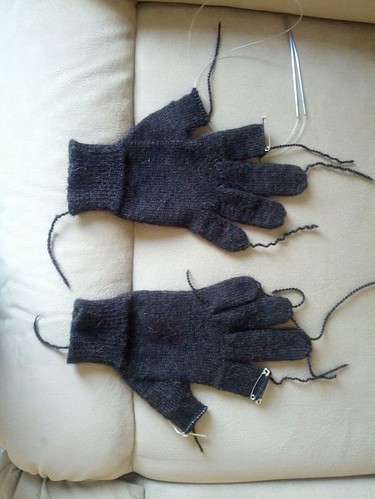21-BD regulates restricted junctions. MDCK cells were cultured in transwell permeable supports and taken care of with five, 10 and fifty mM 21-BD. (A) TER was calculated as a purpose of time. The control TER data (white circles, dotted line) averaged 18368 V.cm2 (n = thirteen) and were normalized to one hundred%. five and 10 mM 21-BD provoke transient tiny increases of TER, while 50 mM 21-BD leads to a more robust and a sustained TER increase (pink circles). (B) MDCK cells had been incubated forty eight h with various concentrations of 21-BD (crimson symbols) or digoxin (environmentally friendly symbols). mRNA mobile material of claudins -4 (circles) and -2 (triangles) were measured by quantitative genuine time PCR. (C) Protein cell articles of the tight junction integral membrane proteins claudins -four and -2 and the membrane-linked protein ZO-1 as a function of 21-BD concentration in the media for 48 h. Photos from the left element of the figure C are consultant immunoblots and the graph in the right element is the statistical evaluation.
21-BD regulates tight junctions proteins localization. Confluent monolayers of MDCK cells, grown on filters, have been taken care of in manage medium (A, B, C) or treated with fifty mM 21-BD for 48 h (D, F, G) and processed for immunofluorescence, making use of antibodies from the TJs proteins: the integral membrane proteins claudin-4 (Cldn-four, A, D green) and claudin-two (Cldcn-2, B, E purple) and the peripheral membrane protein ZO-1 (C, E, crimson). Nuclei were stained with TOPRO (blue). 21-BD raises claudin-4 and ZO-one expression at the tight junction (arrows) and in the cytoplasma (arrow heads), even though at the same time lowers the expression of claudin-2.
21-BD increases the expression of Na,K-ATPase in MDCK cells. (A) Protein cell articles of the a1 subunit of the Na,K-ATPase of confluent monolayers of MDCK cells developed on filters in management medium (white bar) or treated with different concentrations of 21-BD (purple bars) for forty eight h upper element of the figure A demonstrates agent immunoblots of the a1 subunit of the Na,K-ATPase and actin, the reduce element the densitometric examination. (B and C) Na,K-ATPase a1 subunit stained with a fluoresceinated antibody (B, C, white) or Topro (blue) to detect the nuclei.
When immediately utilized to HeLa and RKO cells and in fairly low concentrations, 21-BD induces the improve of Na,K-ATPase exercise through up-regulation of the a1 and b1 subunits of the enzyme (Figures 3A, B). In contrast, in fairly large concentrations, 21-BD inhibits the action of the Na,K-ATPase a1 isoform of cell homogenates (Fig. 2C, D). The need of high concentrations of 21-DB to inhibit a1 shows the minimal affinity of this Na,K-ATPase isoform for the compound. The results that we observe with decrease concentrations of 21-BD are constant with the activation of the signaling features of the Na,K-ATPase that are identified to bring about a selection of mobile phenomena such as induction of endocytosis 24634219 of junctional proteins [34,83] and the Na,K-ATPase by itself [10204], the detachment of epithelial cells from the substrate and from themselves [24,105], mobile proliferation [106], protection from mobile loss of life brought on by the addition of serum [107], mobile survival [108] and the sealing of restricted junction by means of the upregulation of claudins [35]. The results developed by 21-BD count on the cellular context. Although this compound 121104-96-9 reduces mobile viability and induces apoptosis in cells derived from tumors (HeLa and RKO), it does not influence the viability of normal kidney epithelial cells (MDCK) as indicated by the improve in the transepithelial  electrical resistance. The overexpression of claudin and the strengthening of limited junctions is an important system against the phenotypic qualities of cancer, which can control events this sort of cell migration, transformation, proliferation and invasiveness [10913].
electrical resistance. The overexpression of claudin and the strengthening of limited junctions is an important system against the phenotypic qualities of cancer, which can control events this sort of cell migration, transformation, proliferation and invasiveness [10913].
